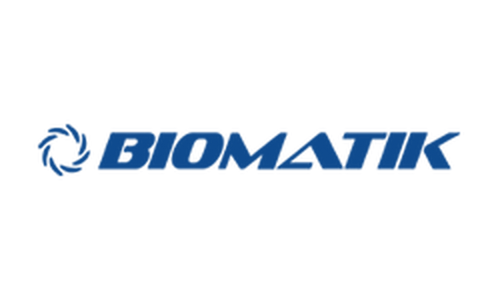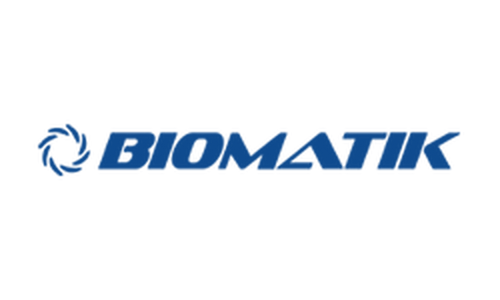Product Description
Recombinant Human ATP-sensitive inward rectifier potassium channel 1 (KCNJ1), partial is available at Gentaur for Next week Delivery.
Gene Name: KCNJ1
Alternative Names : ATP-regulated potassium channel ROM-KInward rectifier K(+) channel Kir1.1;Potassium channel, inwardly rectifying subfamily J member 1
Expression Region : 178-391
AA Sequence : ILAKISRPKKRAKTITFSKNAVISKRGGKLCLLIRVANLRKSLLIGSHIYGKLLKTTVTPEGETIILDQININFVVDAGNENLFFISPLTIYHVIDHNSPFFHMAAETLLQQDFELVVFLDGTVESTSATCQVRTSYVPEEVLWGYRFAPIVSKTKEGKYRVDFHNFSKTVEVETPHCAMCLYNEKDVRARMKRGYDNPNFILSEVNETDDTKM
Sequence Info : Cytoplasmic Domain
Tag Info : N-terminal 6xHis-tagged
Theoretical MW : 26.3 kDa
Storage Buffer : Tris/PBS-based buffer, 5%-50% glycerol. If the delivery form is lyophilized powder, the buffer before lyophilization is Tris/PBS-based buffer, 6% Trehalose, pH 8.0.
Endotoxin Level : Not tested-
Biological Activity : Not tested
Storage : Short term: -20°C; Long term: -80°C. Minimize freeze and thaw cycles.
Research Area : Signal Transduction
Restriction : For Research Use Only. Not for use in diagnostic procedures, drug use, or for administration to humans or animals.
Relevance : In the kidney, probably plays a major role in potassium homeostasis. Inward rectifier potassium channels are characterized by a greater tendency to allow potassium to flow into the cell rather than out of it. Their voltage dependence is regulated by the concentration of Extracellular domain potassium; as external potassium is raised, the voltage range of the channel opening shifts to more positive voltages. The inward rectification is mainly due to the blockage of outward current by internal magnesium. This channel is activated by internal ATP and can be blocked by external barium.
Function : In the kidney, probably plays a major role in potassium homeostasis. Inward rectifier potassium channels are characterized by a greater tendency to allow potassium to flow into the cell rather than out of it. Their voltage dependence is regulated by the concentration of extracellular potassium; as external potassium is raised, the voltage range of the channel opening shifts to more positive voltages. The inward rectification is mainly due to the blockage of outward current by internal magnesium. This channel is activated by internal ATP and can be blocked by external barium.
Involvement in disease : Bartter syndrome 2, antenatal (BARTS2)
Subcellular location : Cell membrane, Multi-pass membrane protein
Protein Families : Inward rectifier-type potassium channel (TC 1.A.2.1) family, KCNJ1 subfamily
Tissue Specificity : In the kidney and pancreatic islets. Lower levels in skeletal muscle, pancreas, spleen, brain, heart and liver.
Paythway :
Uniprot ID : P48048
 Euro
Euro
 British Pound
British Pound
 US Dollar
US Dollar








